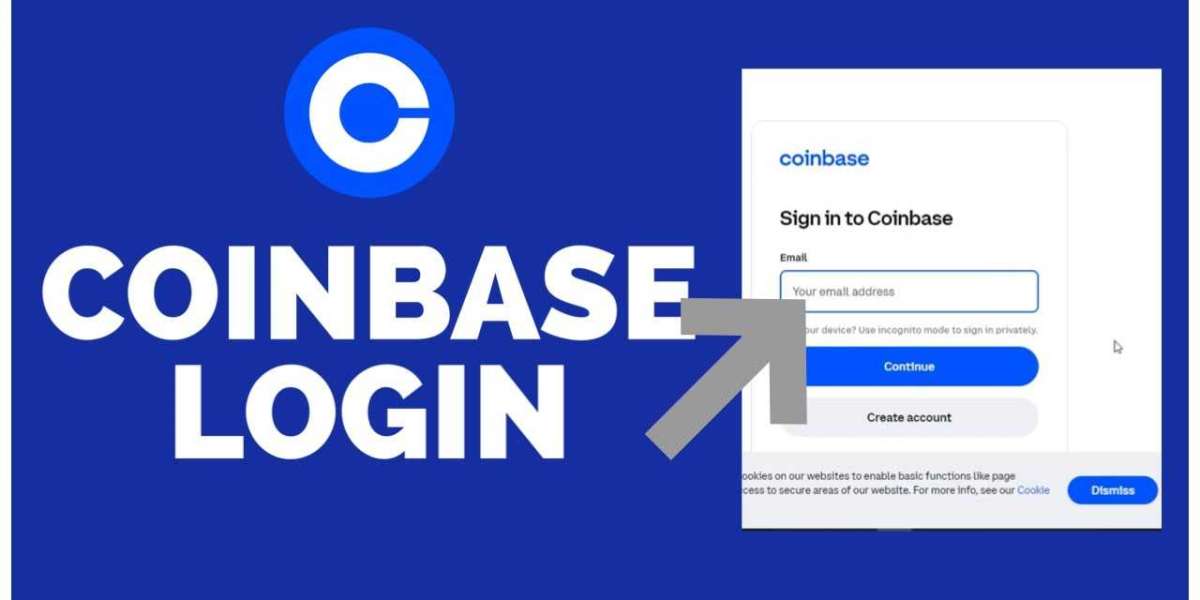Driving is often seen as a rite of passage, marking a significant milestone towards independence and mobility. Whether you're a teenager eagerly awaiting your first taste of freedom or an adult looking to enhance your transportation options, obtaining a driving licence is a crucial step. In this comprehensive guide, we'll walk you through the process, from the initial steps to the final test, outlining the requirements you'll need to meet along the way.
Understanding the Basics
What is a Driver's Licence?
A driver's licence is an official document issued by the government that permits individuals to operate a motor vehicle on public roads. It serves as proof that the holder has passed the necessary tests to demonstrate their knowledge of traffic laws, road signs, and driving skills.
Types of Driver's Licences
Driver's licences can vary depending on the type of vehicle you intend to drive and your age. Common categories include:
Class A: Allows you to drive combination vehicles like tractor-trailers.
Class B: Permits driving single vehicles weighing over 26,000 pounds or carrying hazardous materials.
Class C: Covers standard passenger cars and trucks.
Steps to Obtaining Your Driver's Licence
Step 1: Research and Preparation
Before you can obtain your driver's licence, it's essential to familiarize yourself with the specific requirements and regulations in your state or country. Here's what you should do:
- Check Eligibility: Ensure you meet the minimum age requirements and any other eligibility criteria set by your local Department of Motor Vehicles (DMV) or equivalent authority.
- Study the Driver's Manual: Obtain a copy of the driver's manual or handbook provided by your DMV. This document contains valuable information on road rules, traffic signs, and safe driving practices.
- Enroll in Driver Education: While not always mandatory, completing a driver education course can provide valuable knowledge and practical driving experience. Many states offer these courses through high schools, private driving schools, or online platforms.
Step 2: Apply for a Learner's Permit
Before you can obtain a full driver's licence, you'll typically need to start with a learner's permit. This allows you to practice driving under the supervision of a licenced adult. Here's how to apply:
- Visit the DMV: Schedule an appointment or visit your local DMV office to apply for a learner's permit.
- Provide Documentation: You'll need to bring proof of identity, residency, and any other documents required by your state or country.
- Pass the Written Test: Expect to take a written knowledge test covering traffic laws, road signs, and safe driving practices. Study your driver's manual thoroughly to prepare.
- Pass a Vision Test: Your vision will be tested to ensure you can see well enough to drive safely.
- Pay Fees: There is usually an application fee for obtaining a learner's permit.
Step 3: Practice Driving
Once you have your learner's permit, you can begin practicing driving under the supervision of a licenced adult. Practice is essential to build confidence and improve your driving skills. Some tips for effective practice include:
- Drive in Various Conditions: Practice in different weather conditions and times of day to become comfortable with various driving scenarios.
- Practice Parking: Mastering parking maneuvers, including parallel parking and backing into a space, is crucial for the road test.
- Obey Traffic Laws: Always follow traffic laws, wear your seatbelt, and avoid distractions while driving.
Step 4: Take a Driver's Education Course (if required)
In some states or countries, completing a driver's education course is mandatory before taking the road test. Even if not required, these courses can provide valuable instruction and may reduce insurance premiums.
Step 5: Schedule and Prepare for the Road Test
Once you feel confident in your driving abilities, you can schedule your road test with the DMV. Here's how to prepare:
- Practice Driving Skills: Review the driving skills and maneuvers that will be tested during the road test, such as turning, stopping, and lane changes.
- Review Rules and Regulations: Refresh your knowledge of traffic laws, road signs, and right-of-way rules.
- Prepare Your Vehicle: Ensure the vehicle you'll use for the test is in good working condition and complies with all legal requirements.
Step 6: Take the Road Test
On the day of your road test, arrive at the testing location early with all required documents and your learner's permit. The road test typically includes:
- Vehicle Safety Check: The examiner may ask you to demonstrate your knowledge of vehicle controls and safety features.
- Driving Skills Test: You'll be evaluated on your ability to operate the vehicle safely, follow traffic signs, and interact with other road users.
- Behavior and Attitude: Demonstrate responsible and courteous driving behavior throughout the test.
Step 7: Receive Your Driver's Licence
If you pass the road test, congratulations! You'll receive a provisional or full driver's licence, depending on your age and local regulations. Be sure to review any restrictions or conditions associated with your new licence, such as nighttime driving limitations or passenger restrictions for teenage drivers.
Suggested read : DRIVING LICENCE GUIDANCE
Conclusion
Obtaining a driver's licence is a significant achievement that requires preparation, practice, and a solid understanding of traffic laws and safe driving practices. By following the steps outlined in this guide and meeting the requirements set by your local DMV or equivalent authority, you'll be well on your way to enjoying the freedom and independence that comes with being a licenced driver. Remember, safe driving is not just a privilege but a responsibility that benefits you and everyone sharing the road.



